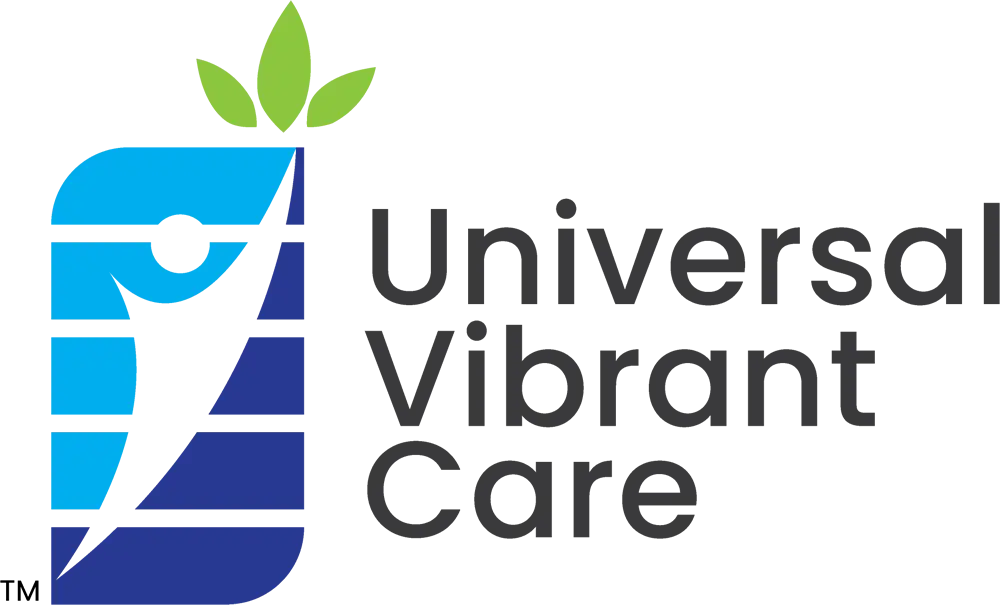Living with intellectual and developmental disabilities (IDD) can pose challenges to feeling connected and included in community life. Stigma and systemic barriers often hinder individuals with IDD from fully participating in society. That’s why it’s crucial for organizations to actively promote community inclusion for these individuals.
What is community inclusion?
Community inclusion for IDD providers involves assisting individuals in integrating into their communities, being valued for their unique abilities, and participating in social, familial, and civic activities. It’s about creating an environment that fosters well-being, connectedness, and a sense of worth for individuals with IDD.
However, connecting with others and feeling part of the community can be challenging for those with IDD, leading to feelings of isolation and loneliness. Community inclusion practices aim to address these challenges by promoting socialization, presence, participation, and overall well-being within the community.
To promote community inclusion effectively, consider these principles:
- Choice: Involve individuals with IDD in decision-making processes, allowing them to make choices based on their preferences.
- Responsibility: Support individuals in trying new things, learning from experiences, and growing.
- Cultural compatibility: Respect and incorporate cultural norms, values, and roles into community inclusion efforts.
- Natural supports: Help individuals with IDD develop and maintain relationships with family, friends, and others in their community.
The 5 “A” barriers to community inclusion
Efforts to improve community inclusion may encounter barriers, but understanding and addressing these obstacles can help you create a more inclusive environment.
- Affordability: Individuals with IDD often face financial challenges, making it difficult to access public goods and services.
- Accessibility: Despite legal requirements for accessibility, physical spaces and programs may still be inaccessible to people with IDD.
- Applicability: Activities and services must align with the needs, interests, and culture of individuals with IDD to be relevant and effective.
- Availability: Some communities may lack resources that promote community integration, or resources may be inaccessible at convenient times.
- Awareness: Organizations must actively network and promote their services within the community to enhance their work with individuals with IDD.
Best practices for promoting community inclusion
Supporting individuals with IDD in their community roles requires a nuanced approach that focuses on building relationships and addressing stigma.
Here are some ways your organization can promote community inclusion:
- Repairing and nurturing familial, working, and friendship relationships.
- Facilitating the establishment of new relationships by identifying interests and abilities and helping individuals join groups that share those interests.
- Enhancing the community’s ability to welcome and support individuals with IDD by addressing stigma and discrimination.
- Providing training on the rights of people with IDD to both your staff and the individuals themselves.
By implementing these practices, your organization can play a vital role in promoting community inclusion and enhancing the quality of life for individuals with IDD




